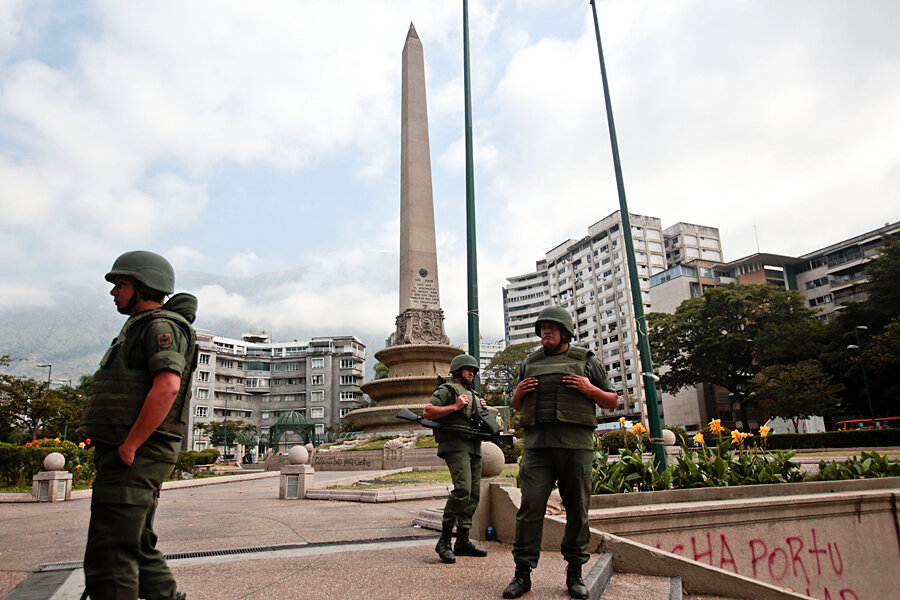Why Venezuela's protests show Maduro is no Hugo Chávez
Loading...
• David Smilde is the moderator of WOLA's blog: Venezuelan Politics and Human Rights. The views expressed are the author's own.
In the early morning hours [Monday], the National Guard occupied the Plaza Altamira and other parts of the Chacao Municipality (watch state television coverage here). This followed President Nicolás Maduro’s ultimatum on Saturday for protestors to leave the plaza.
It is interesting to think how different this is from Hugo Chávez’s approach to the same plaza 11-12 years ago. Starting in late 2002 it was declared a “liberated zone” by dissenting military officers and served as the center of the opposition movement for months on end. [The political opposition] had monuments, a stage, and even held daily mass there.
People close to the Chávez government tell that when cabinet members suggested he remove the protesters by force he responded that they would instead let them “cook in their own sauce.” The story might be apocryphal, but former President Chávez in fact did not seek to dislodge the occupation and simply let it burn out.
However, Venezuela has been experiencing a progressive criminalization of protest over the past year, and during the past month has denied permits and repressed protests in a way it rarely did a decade ago (see, for example, human rights group Provea’s relatively positive assessment of the government’s respect for the right to protest in 2004, the first time “guarimba” tactics were used).
As the government struggles to keep the Chavista project on track – not only because of President Maduro’s lack of charisma, but because of the inherent flaws of the economic and political model it inherited – it seems to be more willing to address protest with force.
Incredibly, the Maduro government tends to frame its actions in terms of pacification. When Maduro gave his ultimatum to protesters on Saturday he did so to the tune of John Lennon’s Give Peace a Chance. One government official said the occupation of Chacao would allow it to be declared a “territory of peace.” The National Guard officer heading up the operation said it amounted to “a call for humanistic dialogue.”
– David Smilde is the moderator of WOLA's blog: Venezuelan Politics and Human Rights.





